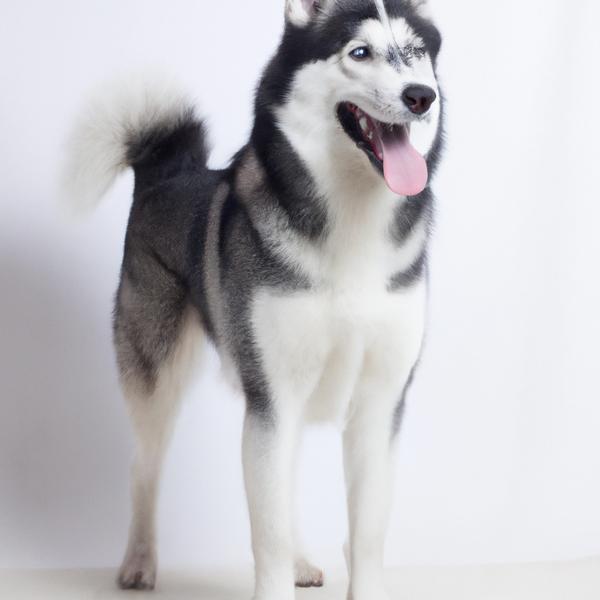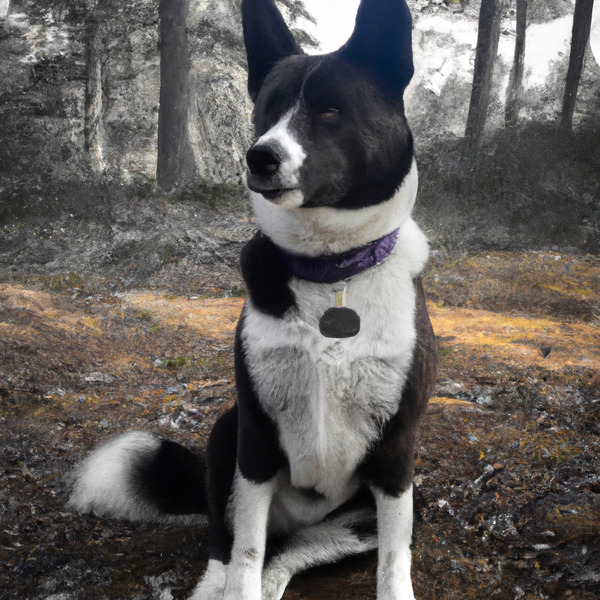Husker vs. Karelian Bear Dog: Breed Differences and Similarities
Hypoallergenic
Are Huskers or Karelian Bear Dogs hypoallergenic, or neither?
Unfortunately, neither Husker nor Karelian Bear Dog are hypoallergenic, which may not make them the best choice for dog lovers who suffer from pet allergies.
Temperament
What are the personalities of Husker and Karelian Bear Dog dogs?
Playful
Energetic
Alert
Intelligent
Confident
Friendly
Outgoing
Loyal
Gentle
Fearless
Brave
Bright
Brave
Loyal
Tenacious
Cautious
Independent
Territorial
Shedding Level
Do Huskers shed more than Karelian Bear Dogs, or which breed sheds more, Huskers or Karelian Bear Dogs?
Huskers are heavy shedders, but regular brushing can help manage shedding and promote a healthy coat.
Karelian Bear Dogs are moderate shedders, but regular brushing can reduce shedding and maintain coat health.
Ancestry
What are the origins of Husker and Karelian Bear Dog breeds?
Siberian Husky and Boxer
Spitz
Date of Birth
When were Husker and Karelian Bear Dog breeds first developed?
Unknown
Eye Color Possibilites
What are the eye colors of Husker and Karelian Bear Dog dogs?
Blue
Brown
Brown
Nose Color Possibilites
What are the natural nose colors of Husker and Karelian Bear Dog?
Black
Black
Coat Color Possibilites
What are the natural colors of the coat for Husker and Karelian Bear Dog breeds?
Black
Gray
White
Brown
Fawn
Black
White
Coat Length
What is the typical coat length for Husker and Karelian Bear Dog breeds?
Huskers have medium-length coats.
Karelian Bear Dogs have coats that can be either short or medium in length.
Coat Density
What is the density of the coat of Husker and Karelian Bear Dog?
Coat Texture
What is the hair texture of Husker and Karelian Bear Dog?
Straight
Litter Size
What is the usual litter size for Husker and Karelian Bear Dog?
A Husker can have a litter of 2-10 puppies on average. However, it's worth noting that the size of the litters can vary greatly. Factors that can influence litter size include the health of the mother, breeding history, and genetics.
A Karelian Bear Dog can have a litter of 10-12 puppies on average. However, it's worth noting that the size of the litters can vary greatly. Factors that can influence litter size include the health of the mother, breeding history, and genetics.
Adaptability
Huskers are highly adaptable and versatile, making them excellent companions for families and individuals of all lifestyles.
Karelian Bear Dogs are known for their adaptability and can adjust well to different environments and lifestyle changes.
Health Issues
Between Husker and Karelian Bear Dog, which breed is more prone to health problems?
While the Husker breed is generally healthy, occasional vet check-ups are still necessary to address any health concerns.
The Karelian Bear Dog is prone to health issues and requires regular check-ups with a vet to identify and treat any problems early.
Major Concerns
What are the major health concerns for Husker and Karelian Bear Dog breeds?
Hip Dysplasia
Cataracts
Hip Dysplasia
Periodontal Disease
Progressive Retinal Atrophy (PRA)
Minor Concerns
What minor health issues should be kept in mind when owning Husker and Karelian Bear Dog?
Cancer
Corneal Dystrophy
Canine Glaucoma
Pituitary Dwarfism
Occasional Tests
What occasional tests are recommended for Husker and Karelian Bear Dog breeds?
X-Rays
Eye Examination
Physical Examination
Blood Tests
OFA
CERF
Physical Examination
Social Needs
Husker vs Karelian Bear Dog social needs comparison
Husker has above average social needs and thrives with interaction with humans and other dogs.
Karelian Bear Dog has very high social needs and requires regular mental and physical stimulation, a job or purpose, and companionship.
Sleeping Need
Which of the two sleeps the most/least: Husker or Karelian Bear Dog?
Huskers are active and require sufficient sleep to stay healthy.
Karelian Bear Dogs sleep less than other breeds but still need adequate sleep for good health.
Mouthiness
Mouthiness Comparison: Husker vs Karelian Bear Dog?
Roaming urge
Husker vs Labrador: Running away tendency?
Prey Drive
Husker or Karelian Bear Dog - which breed has a higher level of prey drive?
Activity Level
Which breed has higher energy, Huskers or Karelian Bear Dogs?
Husker and Karelian Bear Dog are high-energy dogs that require a lot of mental and physical exercise. Without proper stimulation and attention, these breeds can become problematic. If you're considering these breeds, be prepared to invest time and effort in their exercise and training.
Tolerance of being left alone
Walks per Week
How many miles should Husker or Karelian Bear Dog walk each week?
There's really no limit to how far you walk your dog as long as they're comfortable. For Husker, it's at least 15 miles / week. Just remember to build distance and stamina gradually over time.
There's really no limit to how far you walk your dog as long as they're comfortable. For Karelian Bear Dog, it's at least 10 miles / week. Just remember to build distance and stamina gradually over time.
Activity per Day
Do Huskers or Karelian Bear Dogs require more exercise?
In general most Huskers usually need at least 70 minutes of exercise daily. This can be spread across the day and include all sorts of high-energy activities, like walking, running and playing.
In general most Karelian Bear Dogs usually need at least 60 minutes of exercise daily. This can be spread across the day and include all sorts of high-energy activities, like walking, running and playing.
Grooming
Which breed is easier to maintain in terms of grooming, Huskers or Karelian Bear Dogs?
The Husker has low grooming needs and is easy to maintain.
Karelian Bear Dogs require significant grooming, including regular trims and professional grooming assistance to maintain their coat. They may also require frequent bathing to keep their coat and skin healthy.
Brushing Frequency
What is the recommended brushing frequency for Husker and Karelian Bear Dog dogs?
Ideally, Husker should be brushed at least 2 or 3 times a week (preferably daily) improve shedding.
Karelian Bear Dog should be brushed at least once a week. Of course you can give them more frequent brushes if you find that they are still shedding a lot
Brushing Tools
What brushing tools are used for Huskers and Karelian Bear Dogs?
Slicker Brush
Deshedder
Nail Clipper
Pin Brush
Comb
Nail Clipper
Cups
How much food should be given to Husker or Karelian Bear Dog in cups?
For an average 35-71 pound (16 - 32 kg) Husker feed 3.5 cups daily. But, keep in mind, the amount you feed is going to be dependent on the quality of the food you are feeding.
For an average 44-51 pound (20 - 23 kg) Karelian Bear Dog feed 2.5 cups daily. But, keep in mind, the amount you feed is going to be dependent on the quality of the food you are feeding.
Daily Cost
Which breed has a higher daily cost, Husker or Karelian Bear Dog?
The average cost of a Husker is somewhere $2.10 - $2.80 per day.
The average cost of a Karelian Bear Dog is somewhere $1.70 - $2.00 per day.
Monthly Cost
Which breed has a higher monthly cost, Husker or Karelian Bear Dog?
The average per month expenses of a Husker is between $63 - $84. This makes an average of $756 - $1008 per year. It will be on the higher side when the dog is still small because it will need more frequent visits to the vet, shots.
The average per month expenses of a Karelian Bear Dog is between $48 - $63. This makes an average of $576 - $756 per year. It will be on the higher side when the dog is still small because it will need more frequent visits to the vet, shots.
Sensitivity Level
How do Husker and Karelian Bear Dog compare in sensitivity?
These breeds are more sensitive than others and easily overwhelmed by new surroundings and people. Husker and Karelian Bear Dog need gentle handling and a calm, stable home environment with positive reinforcement training.
Apartment Friendly
Which breed is more apartment-friendly: Husker or Karelian Bear Dog?
Huskers are good apartment dogs as long as they get enough exercise and stimulation outside of the apartment.
Karelian Bear Dogs can do well in apartments with enough exercise and time outside, but a small yard would be ideal.
Child Friendly
Do Huskers or Karelian Bear Dogs have a friendlier temperament towards children?
Huskers are good with kids if socialized and trained from a young age.
Karelian Bear Dogs have an average level of friendliness towards children.
Senior-friendly
Which dog is more suitable as a pet for the elderly - Husker or Karelian Bear Dog?
Cat Friendly
Do Husker or Karelian Bear Dog breeds have a better compatibility with cats?
Huskers are somewhat cat friendly and can be trained to get along with cats.
Karelian Bear Dogs are average in their friendliness toward cats and tend to do well with them, especially if raised together.
Dog Friendly
Which breed is more sociable with other dogs: Husker or Karelian Bear Dog?
Huskers are friendly and active companions, and can be good family pets, though their friendliness towards other dogs may vary.
Karelian Bear Dogs are average in their friendliness towards other dogs, and socialization can help.
Pet friendly
How do Husker or Karelian Bear Dog dogs interact with other pets?
Stranger Friendly
Which breed is more friendly with strangers: Husker or Karelian Bear Dog?
Husker and Karelian Bear Dog are average friendly around strangers. They can be wary around strangers and a little standoffish, so early socialization is key to ensure they are comfortable around new people.
Playfulness
Which breed is more playful between Husker and Karelian Bear Dog?
Husker and Karelian Bear Dog are playful dogs. So, no matter how busy the day may get, the best thing you can do for Husker and Karelian Bear Dog is to make time each day to play. It can be as little as 15-20 minutes, and it will mean the world to them.
Trainability
How do the trainability levels of Huskers and Karelian Bear Dogs compare?
Huskers may require more time and patience to learn commands, but with consistency, they can be trained.
Karelian Bear Dogs are popular for their ease of training and quick learning ability.
Compare Husker with other breeds
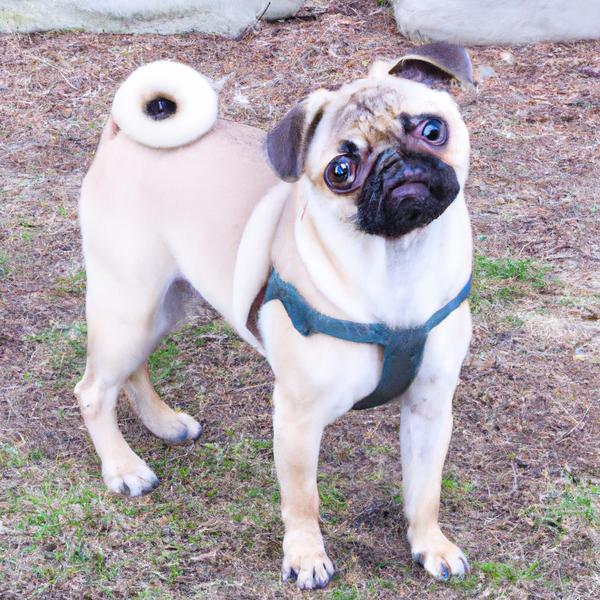
Puggit
Husker vs Puggit
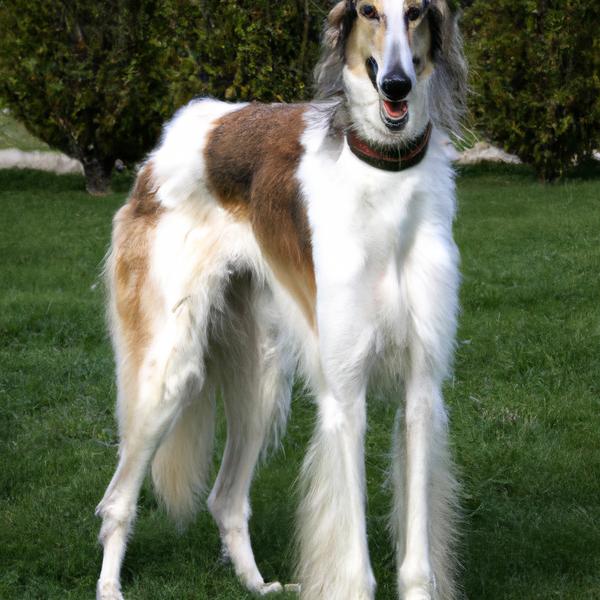
Borzoi
Husker vs Borzoi
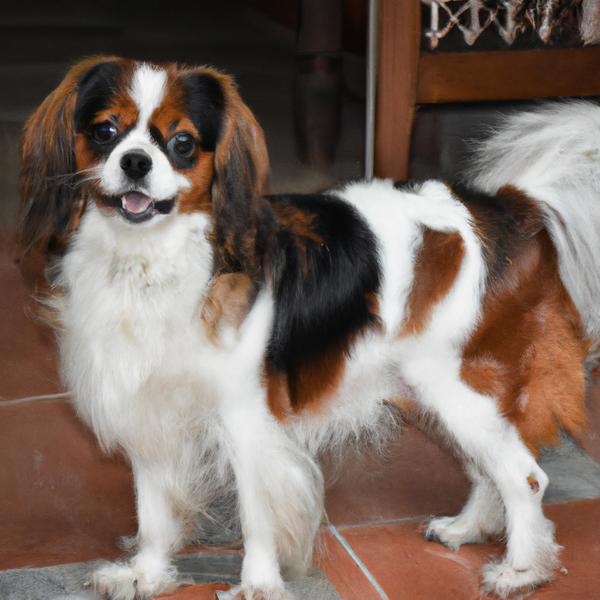
Papeagle
Husker vs Papeagle
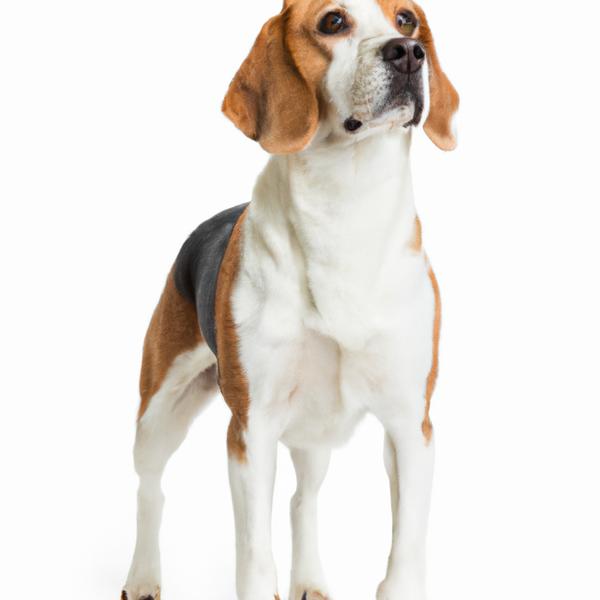
Beagle
Husker vs Beagle

Lhasalier
Husker vs Lhasalier

Rat Terrier
Husker vs Rat Terrier

Weshi
Husker vs Weshi
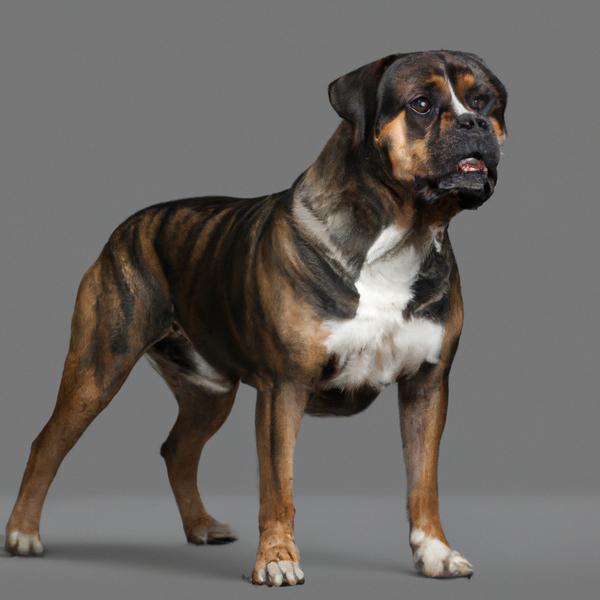
American Bandogge
Husker vs American Bandogge
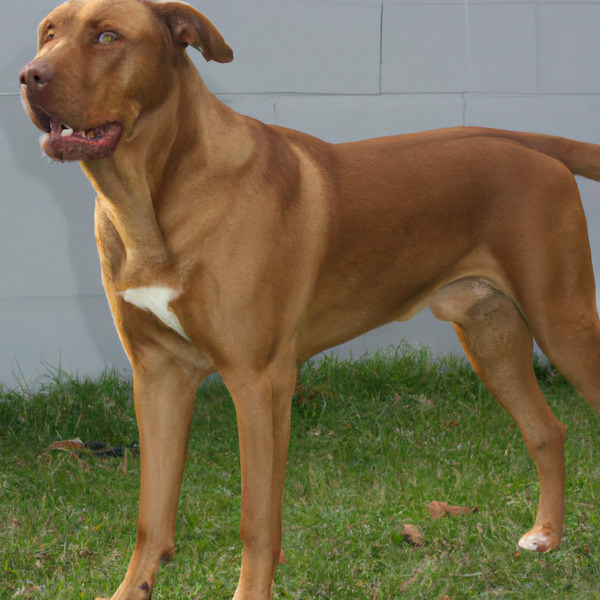
Uruguayan Cimarron
Husker vs Uruguayan Cimarron
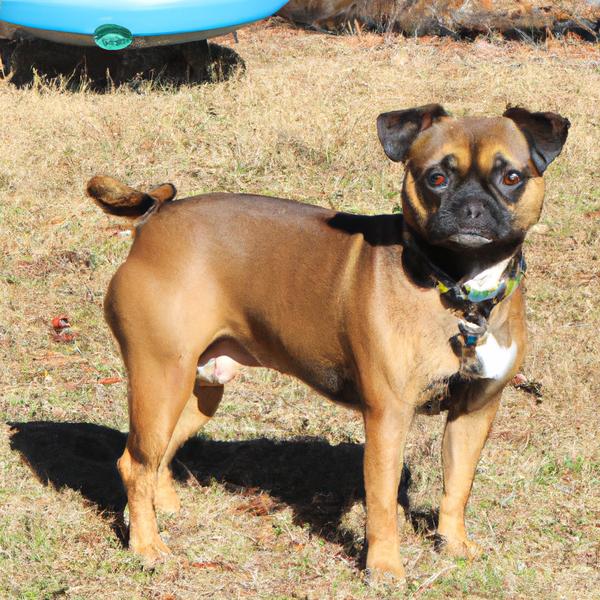
Pug Pit
Husker vs Pug Pit
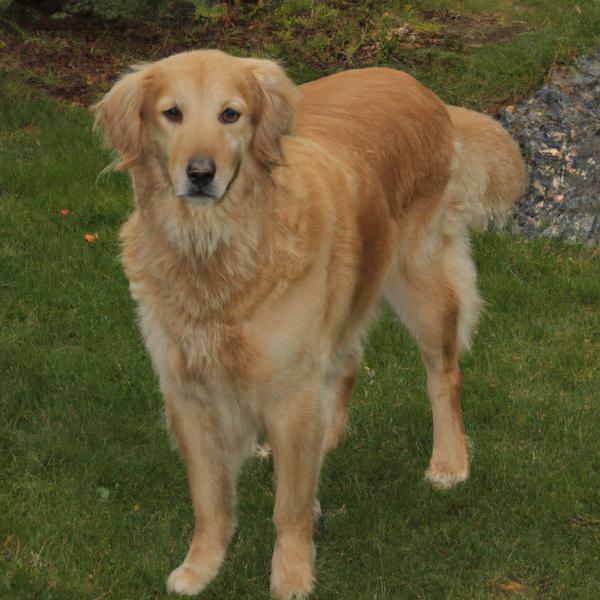
Golden Sammy
Husker vs Golden Sammy
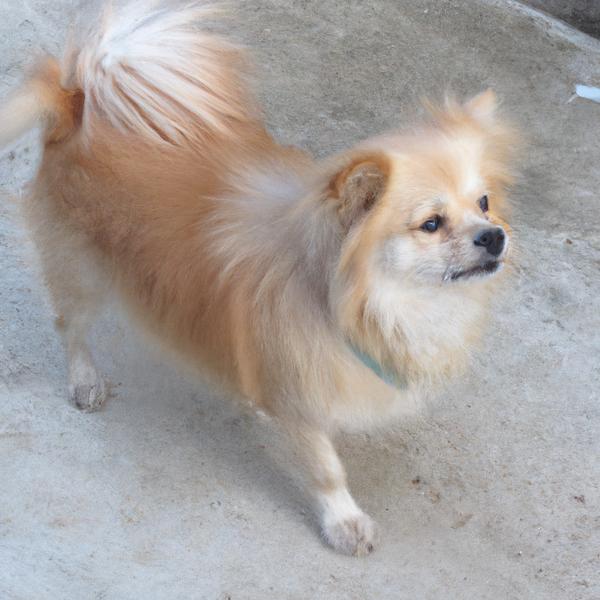
Pitchow
Husker vs Pitchow
